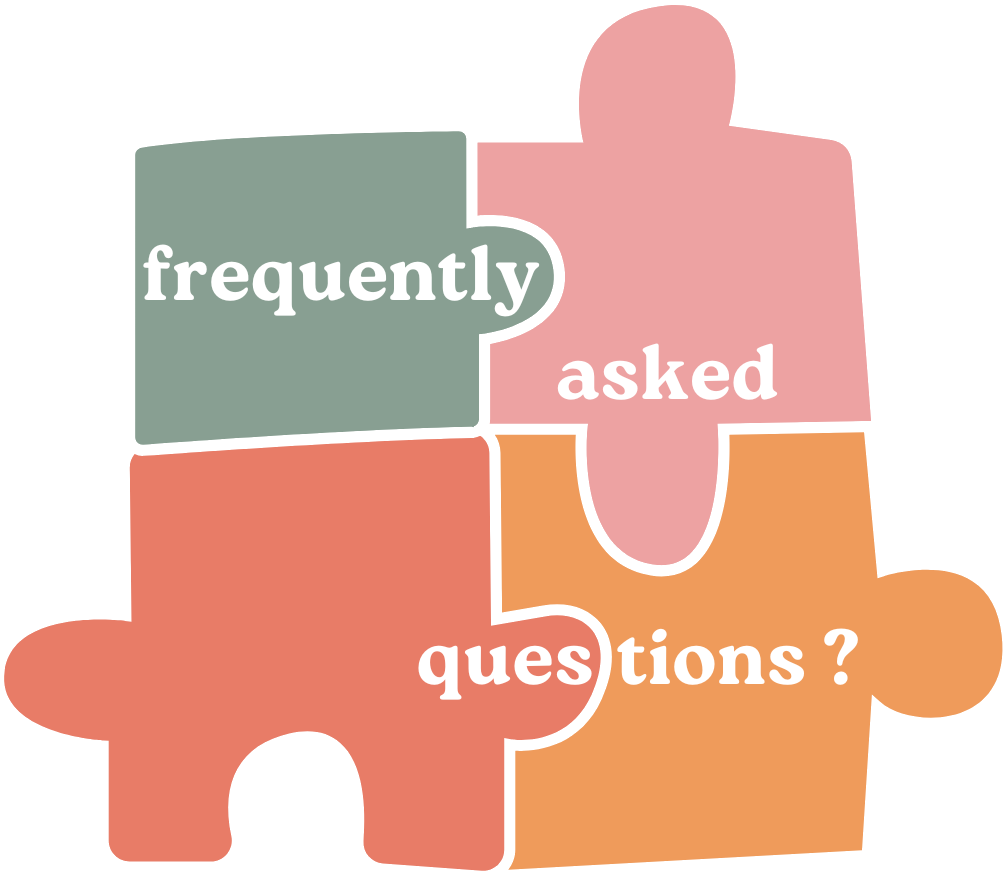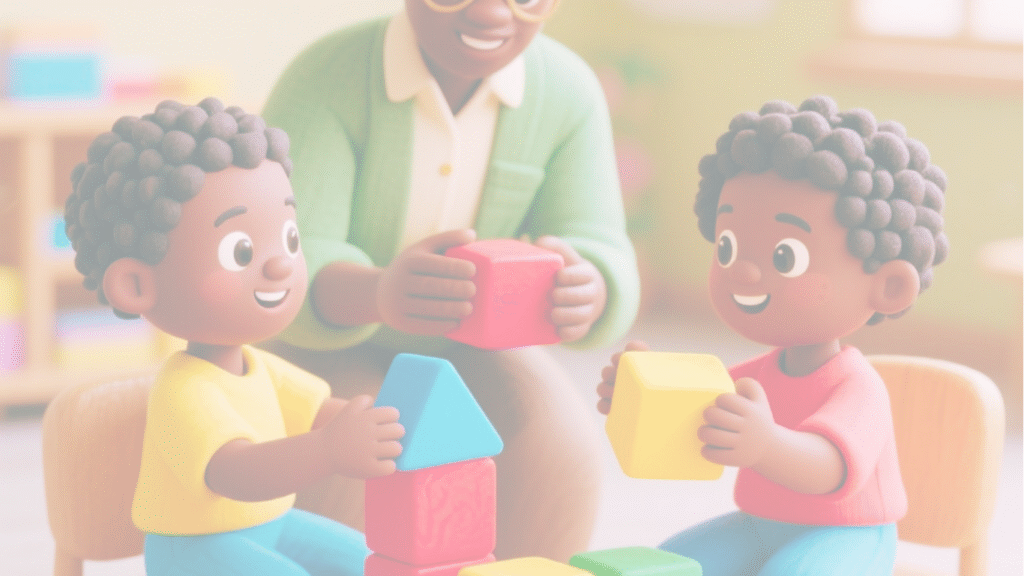Healing, Growth, and Connection Through Music
At Heartland Therapies, We provide personalized music therapy that uses the natural connection between music and emotion to promote healing and growth
We are a team of qualified music therapists who use singing and instrument play with children to learn how to communicate, regulate emotions, and connect with others in joyful and meaningful ways.

Music Therapy for Children
Children naturally respond to music, making it a powerful tool for learning and development.
Music therapy can support children who:
Have speech or language delays
Are on the autism spectrum (ASD)
Struggle with attention, focus, or behavior
Experience anxiety or sensory challenges
Need help with emotional expression or confidence
Our Tools and Techniques
Each session begins with an assessment of your needs and goals. Activities may include:
Playing percussion or melodic instruments
Singing familiar or new songs
Moving to music or rhythm-based games
Writing or discussing song lyrics
Relaxation and guided listening exercises
Sessions are enjoyable, engaging, and tailored to your comfort level — no musical skill required!
Book a Session
The advantage of early intervention is the ability for issues to be worked on while the brain is the most receptive, which means it cuts down therapy time.
Getting started is easy!
Schedule an initial consultation.
Receive a personalized therapy plan.
Begin your journey toward better life

1. What is music therapy?
Music therapy is a clinical and evidence-based practice that uses music to support physical, emotional, cognitive, and social development.
A qualified music therapist guides clients through musical activities like singing, instrument play, movement, and listening to achieve specific goals — such as improving communication, reducing stress, or building confidence.
2. Who can benefit from music therapy?
Music therapy is beneficial for children of all ages and abilities, including:
Children with developmental or speech delays
Children with autism spectrum disorder (ASD)
Children experiencing anxiety, depression, or trauma
Children looking to reduce stress, express emotions, or enhance well-being
3. Do I need to know how to play an instrument or sing?
Not at all! You don’t need any musical background to participate in music therapy. The goal isn’t performance — it’s expression, healing, and growth. Your therapist will guide you through all activities at your own pace.
4. What happens during a music therapy session?
Each session is tailored to your needs and may include:
Singing or vocal exercises
Playing percussion or melodic instruments
Listening to and discussing music
Movement or relaxation activities
Songwriting or improvisation
Your therapist will create a comfortable and supportive atmosphere where you can express yourself freely.
5. How does music therapy help?
Music therapy works by engaging the brain and body together through rhythm, melody, and emotion.
It can help:
Improve communication and social interaction
Enhance memory, focus, and coordination
Reduce anxiety, depression, and stress
Support physical rehabilitation
Boost confidence and self-esteem
Promote emotional expression and connection
6. How long are music therapy sessions?
Sessions usually last 30 to 60 minutes, depending on the client’s needs and attention span.
Your therapist will recommend the ideal session length and frequency after an initial assessment.
7. How is music therapy different from music lessons?
Music therapy focuses on personal growth, healing, and skill development, not musical performance.
While you might sing or play instruments, the goal is therapeutic — improving confidence, coordination, or emotional well-being — not learning to play perfectly.
8. Can music therapy help with anxiety or emotional challenges?
Yes. Music therapy provides a safe and calming outlet for expressing feelings that might be hard to put into words.
It helps reduce stress, improve mood, and build coping skills for managing emotions.
9. What types of instruments are used in music therapy?
Therapists use a variety of easy-to-play instruments such as drums, shakers, tambourines, xylophones, keyboards, and guitars.
Clients may also use their voice, body rhythm, or digital music tools during sessions.
10. How do I know if music therapy is right for me or my child?
If you or your child respond positively to music — tapping to rhythms, humming songs, or finding comfort in melodies — then music therapy may be a great fit.
A consultation with a certified music therapist can help determine your goals and the best approach.

